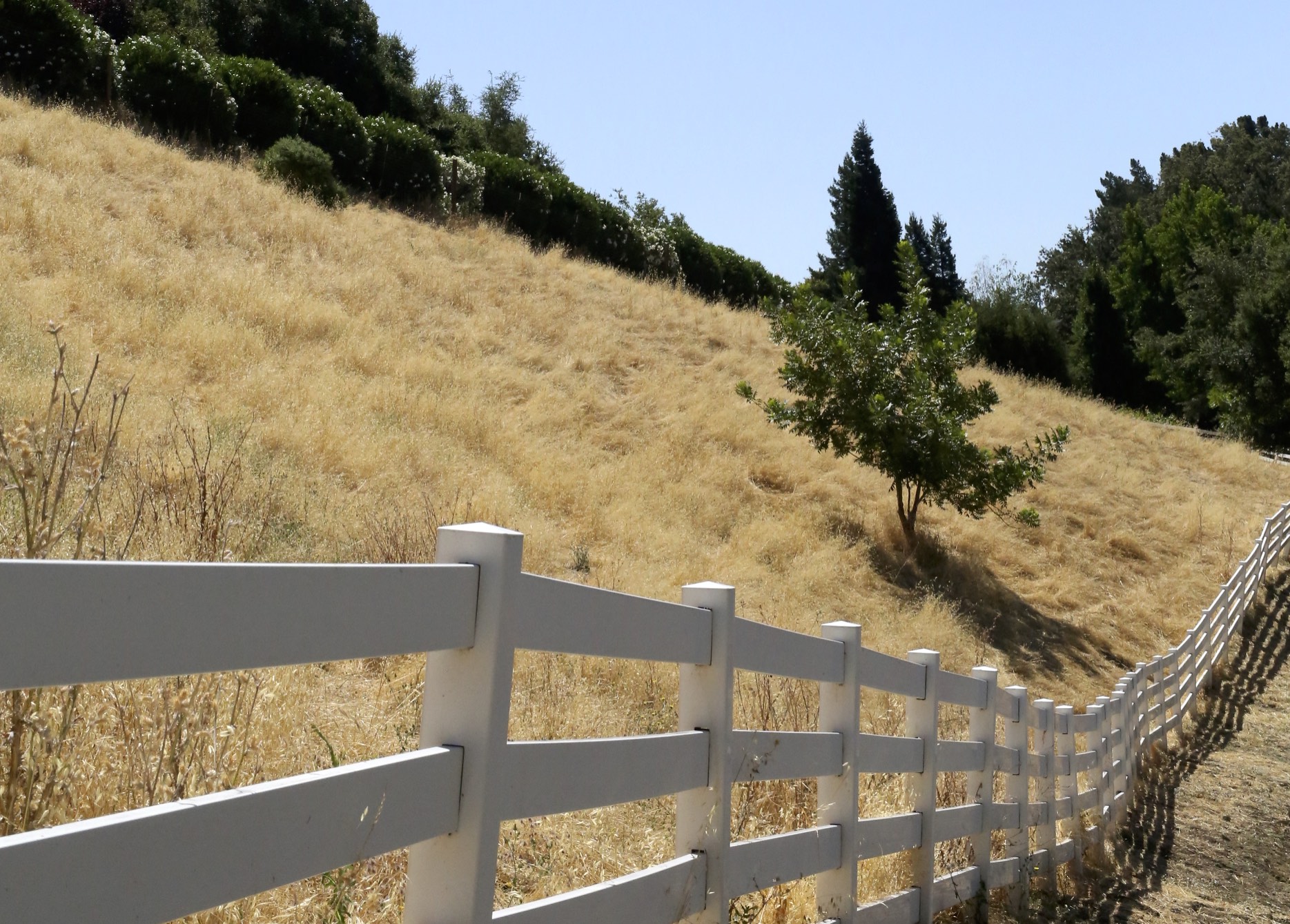Sequencing is an amazing tool for communicating intention.
A smart sequence makes our job easier because it establishes a container for our teaching. It literally gives our teaching shape. It also gives our teaching direction by spotlighting the key concepts of our class. In that way, a thoughtful sequence not only determines what we teach but also how we teach it.
Let’s say for example you’re designing a sequence around Extended Side Angle Pose (Utthita Parsvakonasana). The first question to ask yourself is, “What is my intention?” Do you want to teach a specific action? Do you want to focus on the energy or the spirit of the posture? Or are you planning to use the work of the pose to connect the dots between yoga on and off the mat?
Why is this important? Well, there are few reasons. First of all, there are a million things you could say about Utthita Parsvakonasana and it’s tempting to say all of them. But if we teach too many concepts, our students will feel overwhelmed. It’s like a cruise ship buffet — with too many options to choose from, the meal doesn’t make sense.
Second of all, saying too much inhibits our ability to stay on track. Your intention will get lost in all of your instructions. Pick a couple of key actions to focus on and let those actions speak for themselves. Create a sequence that tells a very specific story about Extended Side Angle Pose. Consider: What do I want my students to learn about the pose today? You want your students to walk away from their practice feeling clear. Over time, you can build a curriculum of classes that communicates the bigger picture.
Sequencing with intention requires a lot of restraint, but narrowing the scope will actually broaden your students’ understanding of yoga.
Here are a five tips to help you stay focused!
Instruct One Action. (No, seriously, just one. Okay, maybe two.)
I know—this is hard. Also, maybe impossible? But something to aspire to!
This approach may appear limiting, but remember, your sequence communicates so much more than just the action(s) you choose to teach. The postures you include as well as the prop work and progressions you integrate will do much of the teaching for you. Designing your sequence around a couple of actions is like taking a highlighter to the most important moments in the class where connect the dots for your students.
Teach For Today
You can teach Utthita Parsvakonasana a million times and choose to highlight something different about the pose every time. After all, there’s always something new to see about yoga — the postures are infinite! This is what keeps our teaching fresh and engaging. You don’t need to design complicated sequences or entertain your students with elaborate choreography. Teaching for today means deliberately choosing a specific perspective from which to see the practice knowing that tomorrow you can teach the same pose in a different way.
Teach Opposing Actions
Opposing actions explore two directions simultaneously. Teaching opposing actions invites students to experience the tension between oppositional forces and explore the process of calibration. For example, in Extended Side Angle you might teach the opposing actions of lateral rotation of the front thigh and lateral rotation of the back thigh. The first action rotates the front thigh externally which tracks the front knee, stabilizes the front hip, and rotates the pelvis towards the front foot. But too much of that action can also result in imbalance — the weight in the front heel can shift too far towards the outer edge, the inner arch of the back foot can collapse, the back thigh can spin too far into medial rotation, and we lose the invitation to rotate the spine open towards the ceiling. Laterally rotating the back thigh swings the pendulum in the opposite direction and allows students to feel the process of both/and.
Say Less
Sometimes saying less is about trying harder not to talk. If you want to know what I tell myself while I’m teaching, it’s this: “Chrissy, stop talking.”
And sometimes saying less is about not trying so hard — to say all the things, to say all the right things, or to make the class perfect. Saying less is about relaxing into the simplicity and depth that is the practice. We don’t have to fill our teaching with a lot of words because the practice is already enough.
Circle Back
Find a few moments in your sequence where you can circle back to your intention. Utilize moments of stillness, repetition, or transition to reiterate key concepts, actions, or ideas.
It’s also interesting to circle back in the unexpected moments. For example, when students are holding a pose and the energy feels intense, you can invite them to feel the intention of class. Or, you might direct students to focus on the intension during pranayama or meditation.
Circling back gives students a chance to look at the intention of the sequence from different vantage points. It inspires reflection and a personal relationship with the key concept.
Sequencing with intention will clarify and refine your teaching by sharpening your approach and polishing your delivery. It will also inspire your creativity and invite you to bring your own unique perspective to the practice. Hone in on your intention and watch your sequences come to life!






Join the Discussion